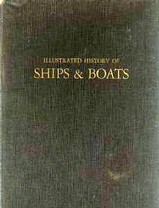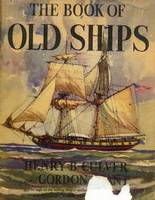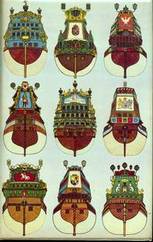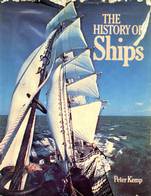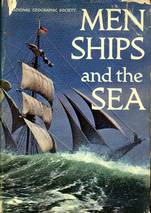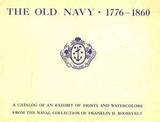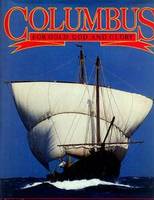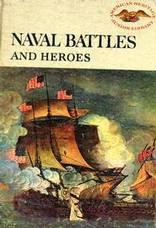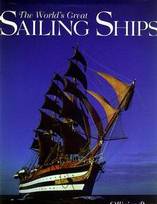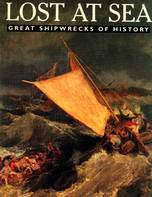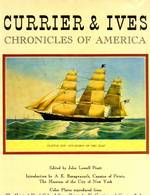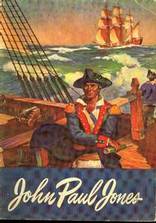 
USA ヘンプ・ミュージアム
 館長から皆さまへ
館長から皆さまへ ヘンプの歴史
ヘンプの歴史 ヘンプと農業
ヘンプと農業 ヘンプの医療と健康
ヘンプの医療と健康 ヘンプ食品
ヘンプ食品 ヘンプ織物
ヘンプ織物 ヘンプ縄と糸
ヘンプ縄と糸 ヘンプパルプ紙
ヘンプパルプ紙 ヘンプ建材
ヘンプ建材 ヘンプ燃料
ヘンプ燃料 ヘンプ原料
ヘンプ原料 ヘンプ溶剤
ヘンプ溶剤 ヘンプ・プラスチック
ヘンプ・プラスチック ヘンプと環境
ヘンプと環境 ヘンプと娯楽と精神世界
ヘンプと娯楽と精神世界 ヘンプと法律
ヘンプと法律 ヘンプと政治
ヘンプと政治 ヘンプ貢献者
ヘンプ貢献者  ミュージアム図書館
ミュージアム図書館 所蔵図書一覧
所蔵図書一覧 所蔵雑誌一覧
所蔵雑誌一覧 ヘンプ関連本表紙
ヘンプ関連本表紙 マリファナ関連本表紙
マリファナ関連本表紙 帆船関連本表紙
帆船関連本表紙 至言
至言 Topに戻る
Topに戻る |
|
Hemp was there in two of the greatest endeavors of human experience, sailing ships and the written word. It was the power of the wind caught in hemp sails held by hemp ropes that carried the commerce of the world for thousands of years. And hemp paper has been the tablet on which was written and printed the past two thousand years of human experience and invention.
"Wherein will be found drawings and descriptions of many varieties of vessels, both long and round, showing their development from most remote times the portraiture of their progress, their garnishment, etc. etc. etc. Together with divers dissertations upon the origins of shipping also an appendix wherein will be discovered to the inquisitive much information appertaining to the ancient uses and customs of the sea and mariners." More than 70 illustrations in Line and Color... with abundant billowing hemp canvas sails.
Volume 2 of the New Illustrated Library of Science and Invention, this book has a chronology of seafaring. The date 4000 B.C. is suggested as the start of sailboats in Mesopotamia.
Historical Treasures from the War of 1812. Sunk in a squall in Lake Ontario in 1813, the two ships were located in 1975 and photographed in 1982 by the National Geographic Society, which found near-perfect preservation in the near-freezing waters and an astonishing range of artifacts.
"During a long sea passage in a wooden ship with canvas sails (hemp) and hemp rope, minor repairs and endless maintenance keep the crew constantly busy." "In thirty years virtually every member of the gentle race [300,000 Tainos] first encountered by Columbus had been wiped out."
|

